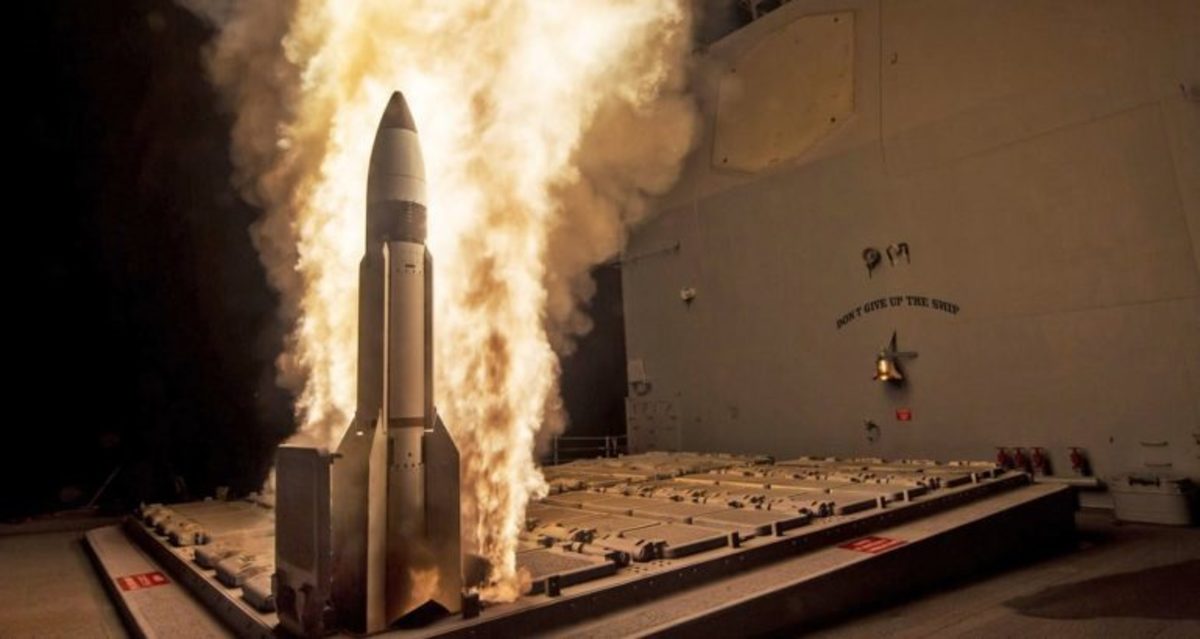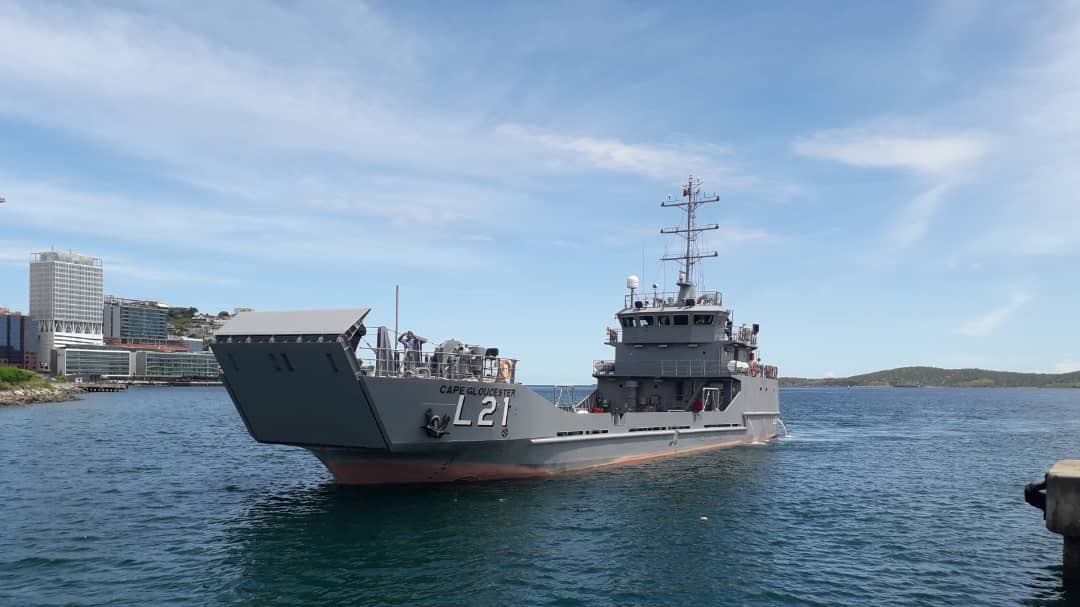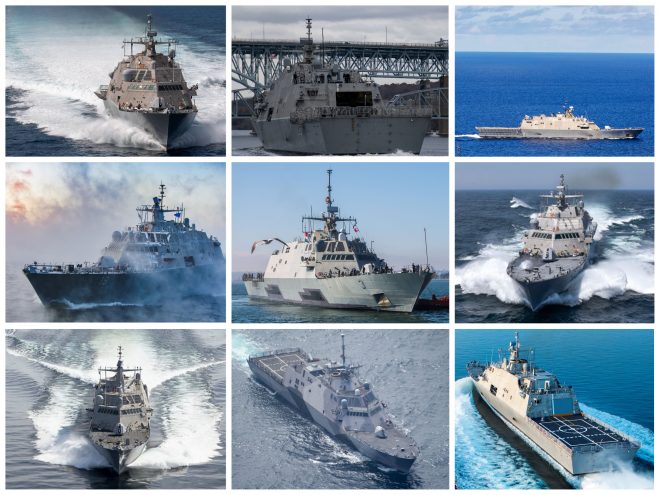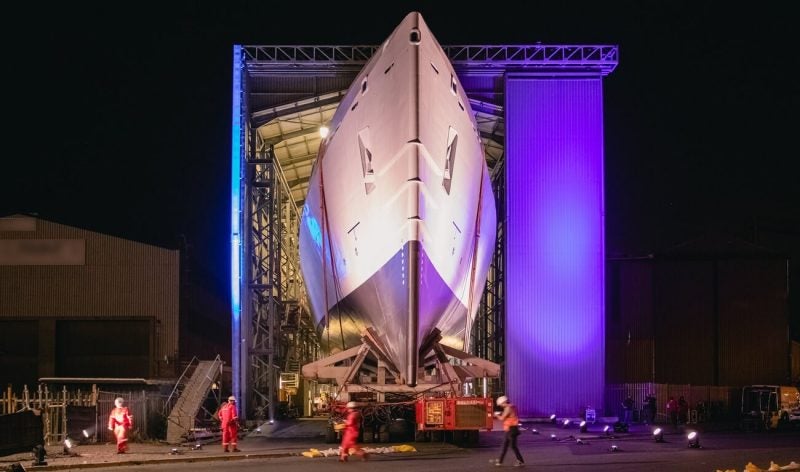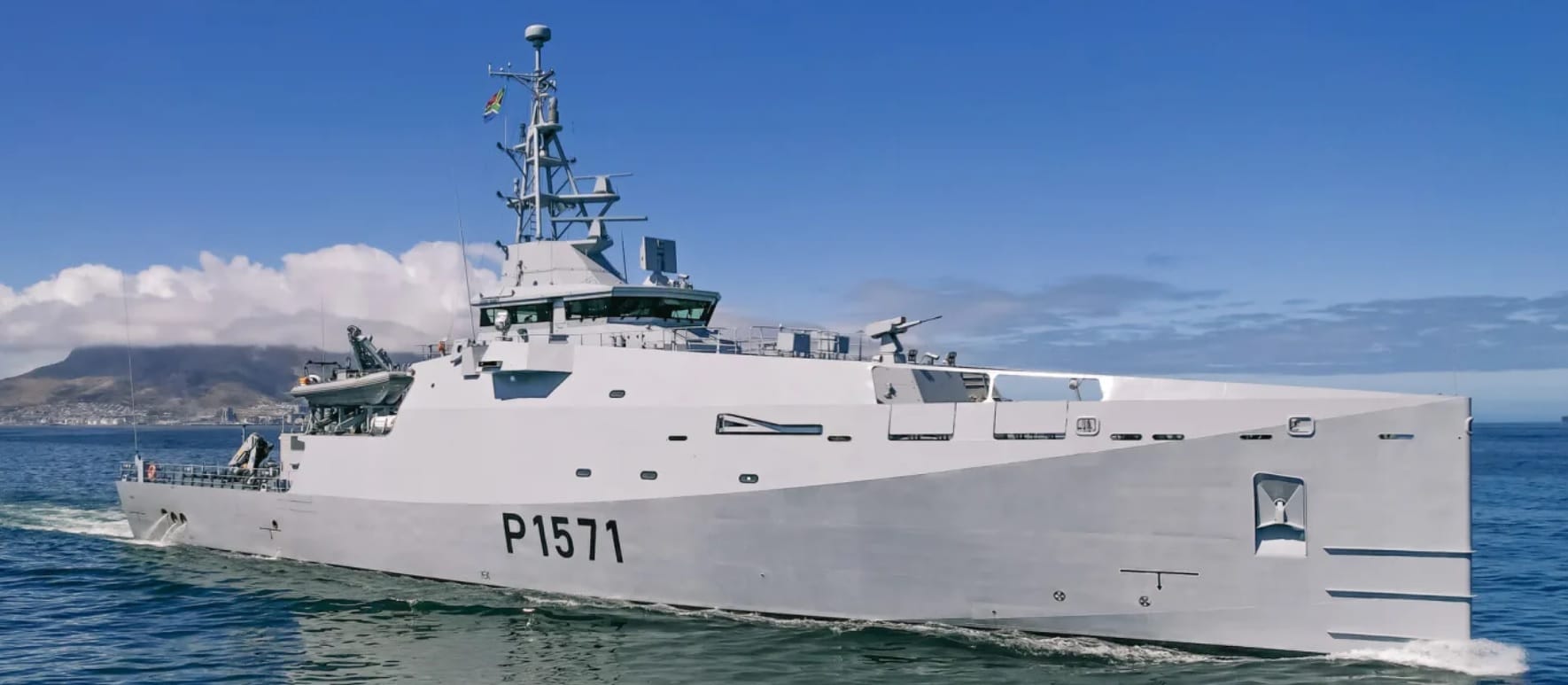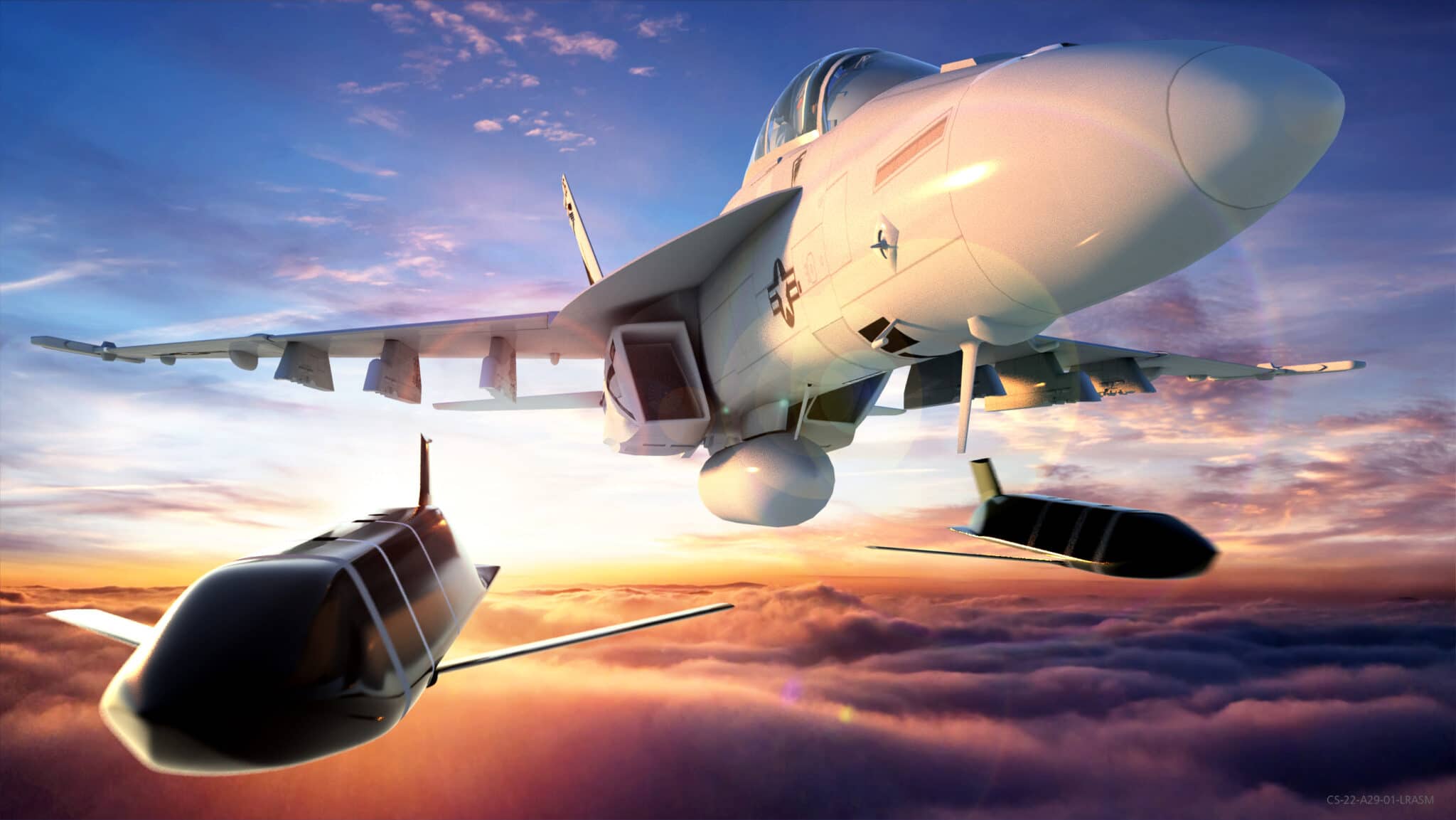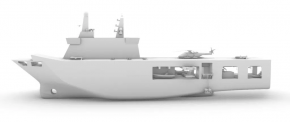Sandhi Yudha
Well-Known Member
Some news from Bahrain.
The US 5th Fleet has officially transferred on 30 March, five Cyclone-class patrol ships it recently retired to Bahrain.
The Bahrain Defence Force identified the ships as RBNS Al-Gurairiyah, RBNS Al-Sakhir, RBNS Al-Farooq, RBNS Jenan, and RBNS Damsah.
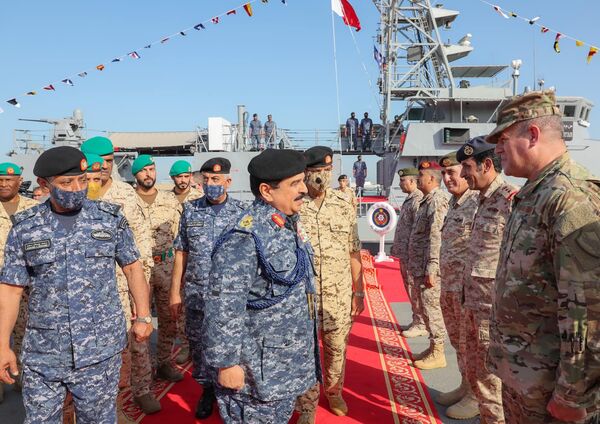
 www.janes.com
www.janes.com
Last week during a ceremony in Mina Salman at Royal Bahrain Navy Head Quarter, Leonardo delivered the last of six upgraded naval vessels, the “Al Taweelah” ship, after completing successfully all Integrated Sea Acceptance Test (ISAT). One of the improvements is the new Combat Management System. The new CMS enables the automatic coordination of weapons systems in terms of threat assessment, operation planning, and control of armaments during combat.
In 2018 Leonardo delivered the first one of the six to be upgraded vessels, it was the Al Manama, one of Bahraini Naval Forces' two Lürsen FPB-62 missile corvettes. With the delivery of the last of Bahraini four TNC-45 patrolboats, the upgrade program has come to an end.
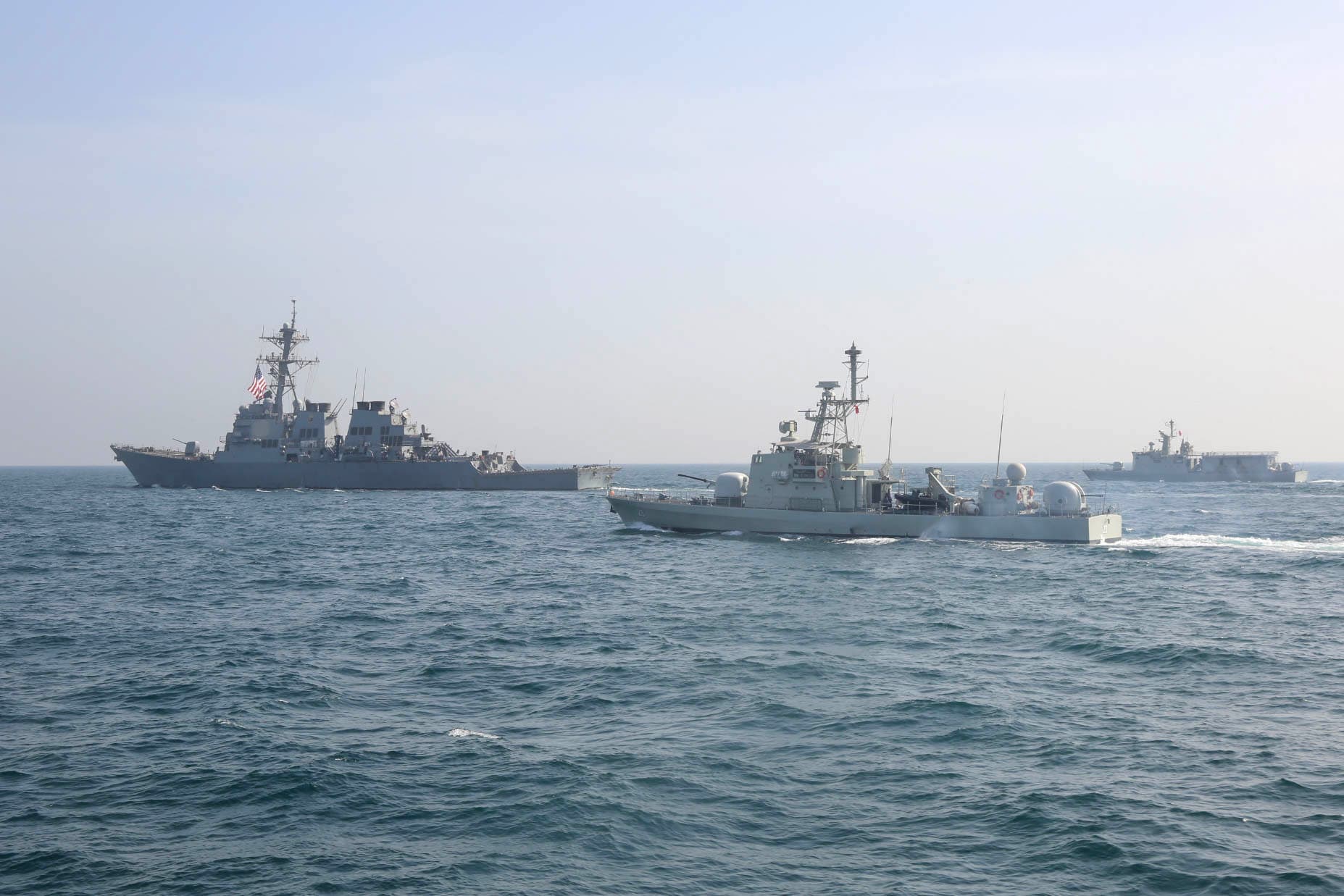
 www.navalnews.com
www.navalnews.com
The US 5th Fleet has officially transferred on 30 March, five Cyclone-class patrol ships it recently retired to Bahrain.
The Bahrain Defence Force identified the ships as RBNS Al-Gurairiyah, RBNS Al-Sakhir, RBNS Al-Farooq, RBNS Jenan, and RBNS Damsah.

Bahrain commissions ex-US patrol ships
The US 5th Fleet has transferred the Cyclone-class patrol ships it recently retired to Bahrain, which was revealed when they were commissioned by King Hamad bin Isa Al...
Last week during a ceremony in Mina Salman at Royal Bahrain Navy Head Quarter, Leonardo delivered the last of six upgraded naval vessels, the “Al Taweelah” ship, after completing successfully all Integrated Sea Acceptance Test (ISAT). One of the improvements is the new Combat Management System. The new CMS enables the automatic coordination of weapons systems in terms of threat assessment, operation planning, and control of armaments during combat.
In 2018 Leonardo delivered the first one of the six to be upgraded vessels, it was the Al Manama, one of Bahraini Naval Forces' two Lürsen FPB-62 missile corvettes. With the delivery of the last of Bahraini four TNC-45 patrolboats, the upgrade program has come to an end.

Leonardo Delivers The Final Upgraded FAC To Bahrain - Naval News
Leonardo delivered the sixth and final fully upgraded naval unit, "Al Taweelah," equipped with Leonardo's Combat Management Systems (CMS).
Last edited:

